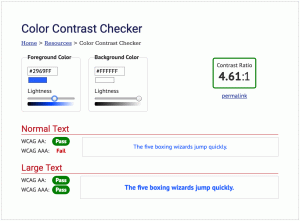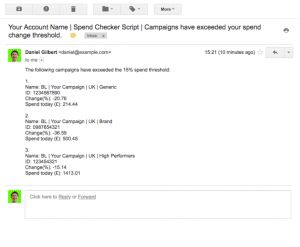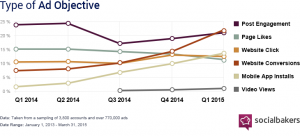
Did you know that 2.5 exabytes of data are created each and every day? To help put that number in perspective, that’s equivalent to 5 million laptops, 90 years worth of HD video or 250,000 Libraries of Congress. Crazy, huh?
But not all data is created equal. If you’re in sales or marketing, chances are you’ve heard of demographic (statistical information about gender, age, income, etc.), psychographic (interests, opinions, dislikes, etc.) or behavioral data. In our recent blog post, Building Your Sales Data Strategy, we shared that there are 4 categories of data every sales team should capture: contact, demographic, transactional and relationship.
For the purposes of this blog, we’ll be focusing on two extremely different data types that are equally important when it comes to generating actionable sales insights: structured and unstructured data.
Structured vs. Unstructured Data
Structured data refers to information that is highly organized and can be captured in predefined database fields. Think first name, last name, email address, company name, etc. Because this information follows a known data model and exists in a neat and orderly format, it is fairly easy to search and analyze.
In contrast, unstructured data encapsulates all of the data that cannot be neatly packaged in a predefined way. Examples of unstructured data include voice recordings, emails, social media postings and much more. Because this information comes in so many shapes, sizes and formats, it can be difficult to make sense of and transform into meaningful intelligence.
Established before the mobile and social boom that has given way to gobs of today’s unstructured data, most legacy CRMs were built to manage structured data only. However, since the IDC recently estimated that 90% of digital data is unstructured, this is a major problem.
Everyone knows that, at the end of the day, sales is about building relationships. Unfortunately for data-driven sales leaders, relationship data – calls, emails, meetings, etc. – is among the most unstructured data out there. To overcome this challenge, companies must adopt next-generation sales solutions that are able to bring structure to the many valuable customer interactions and rep activities that take place each day.
Extracting Actionable Sales Insights
The first way to do this is to store this information in an organized way that is accessible, centralized and contextual, such as within the activity feeds of leads, contacts and deals. The second way is to measure these interactions in a quantitative manner.
For example, keeping track of the number of calls, emails, visits, etc. that are completed by reps, and displaying this information visually, enables managers to pinpoint correlations between activities and performance.

If Rep A is making more calls but sending fewer emails that Rep B, yet Rep B is converting more leads than Rep A, there are two actionable insights for management to explore:
1) Email is a better-converting channel for the business, and therefore reps should focus less on calls and more on email;
2) Rep A needs some additional coaching and perhaps a prospecting script for cold calling.
Outcome reports like the one below take this exercise a step further by helping teams measure and optimize the efficacy of their communication. For example, if one AE is receiving a larger number of email replies than the rest of the pack, having the team adopt her email cadence and try out her template is a good idea.

Data Discovery
Unstructured data yields highly valuable sales insights if you have the tools and know-how to extract them. For more information about how to get more out of your sales data, download our latest eBook, Shedding Light on Dark Data: How to Unearth Actionable Sales Insights.
Business & Finance Articles on Business 2 Community(94)
Report Post






